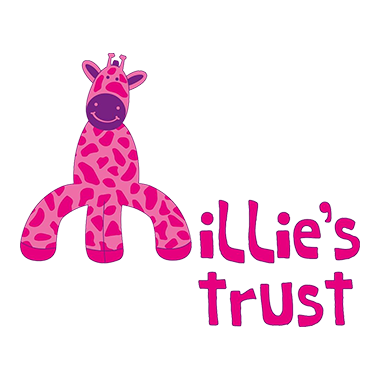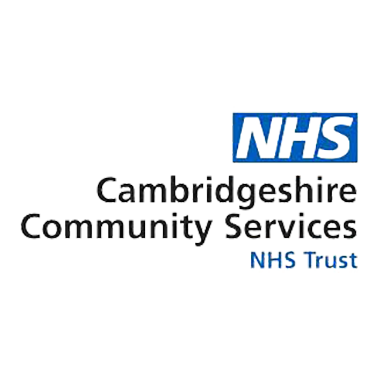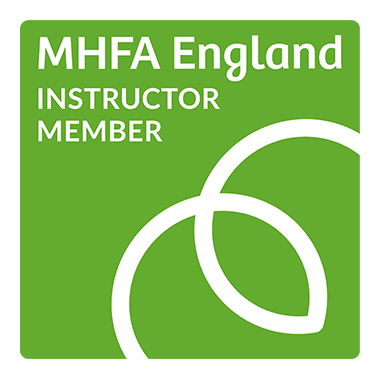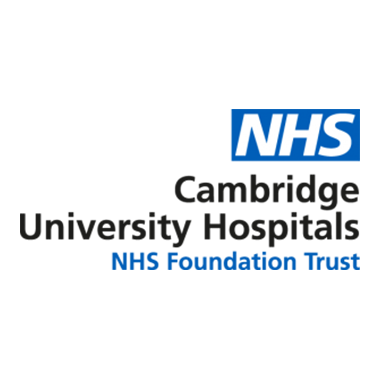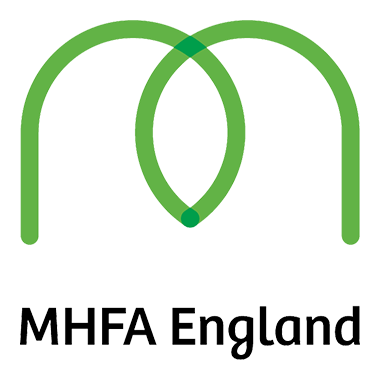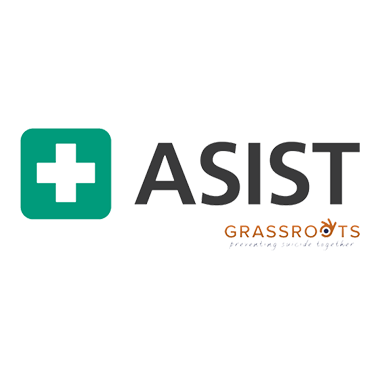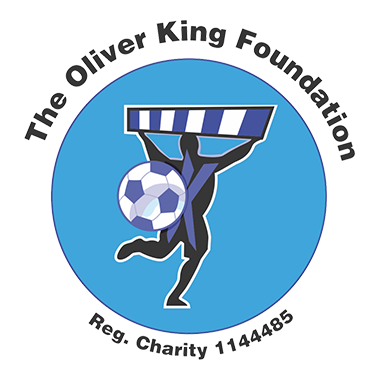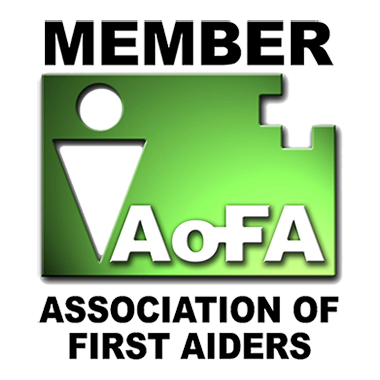Once upon a time
Why first aid?
The true story behind our mission is a tale about challenging the status quo.
Jenny’s Story
A long time ago…
I grew up in a house where we talked a lot about science. I veraciously asked questions. I’ve not changed.
1982: My earliest memory of first aid was when I was a Brownie. ‘Resusci-Anne’ had arms and legs, a pulse, and lived in a suitcase. I once spent my Brownie pocket 10p on sweets. I still feel bad about that. 10p brought a lot of sweets back then.
1990: I joined the St Johns Ambulance Service as a volunteer. I was told it would ‘look good’ on my CV. The instructors were terrifying. I wanted be a mounted police officer. I was too short. In those days you had to be 5 foot 4, I was half an inch off.
1995: I kept my first aid skills up-to-date throughout university. They often came in handy. Though never did any incident vaguely resemble the training environment.
2000: After graduating, I worked for a global corporate organisation. Our London office had just taken stock of a defibrillator which was a pretty novel thing back then. This was before 3G and telephone boxes being reclaimed by Automatic External Defibrillators (AED). Public AED’s were not available until 2004. This machine was solely for our highly stressed employees. As the site first aider, I was the first volunteer for the defibrillator training.
2002: I had my first child. Maternity leave was too short. I wanted a way out of the corporate world. I saved up enough money to put myself through the First Aid Instructor course. I discovered that delivering training sessions and finding cool fun ways to impart knowledge was a joy.
2003: I secured a wonderful part time role working for the East Anglian Air Ambulance. It got me thinking about a career change. Psychologist, counsellor, nursing? I was a people person. I continued to deliver ad-hock standardised first aid training.
2010: I joined the NHS staff bank at Addenbrookes Hospital in Cambridge. What I learned here would inspire me to found The Bridge First Aid, so I want to pause the timeline to tell you what I noticed working on the children’s ward.
Several ‘qualified’ first aiders, no first aid
Working in hospital I quickly realised first-hand, the negative repercussions, physically and mentally, from futile first aid training. Enduring scars to both casualties, first aiders and bystanders. Not all wounds are visible.
This story is not about apportioning blame or questioning the guidelines. It is about challenging the status quo. The parts that are otherwise invisible.
I worked on a general paediatric ward at the time. One family I remember so fondly, had suffered an incident involving their two young children and a lawnmower. Both parents and neighbours had first aid certificates, yet none of them had been able to access any simple skills that day. Their inability to effectively intervene compounded the trauma, though none of them were offered much needed support during the weeks that followed.
I enjoyed chatting and getting to know patients who were in for the long haul. I noticed that this story was becoming all too familiar.
According to Public Health England research on first aid “people usually respond rationally and selflessly” and I would agree. Yet my focus at the time was fixated upon the other end of the spectrum.
Why were these ‘qualified’ first aider’s unable to call on their training?
Where was it going wrong?
“These were the questions that inspired me to create a training company and brand that changes the narrative.”
Jenny White – Founder
The catalyst for change
Of course I did hear some marvellous examples of first aid ingenuity. Perhaps my memory more easily recalls the more unfortunate cases. Seeing the damage caused by ineffective first aid training, I wanted so intensely to not be part of the problem, but part of the solution.
Whist still working at the hospital I began to question the cause of this disconnect. I realised that people behave like humans in an emergency, not robots. But the standard training didn’t seem to take this into account.
Could I help bridge the gap and make a positive impact? Could I help change the familiar narrative?
This was certainly not going to be an easy challenge!
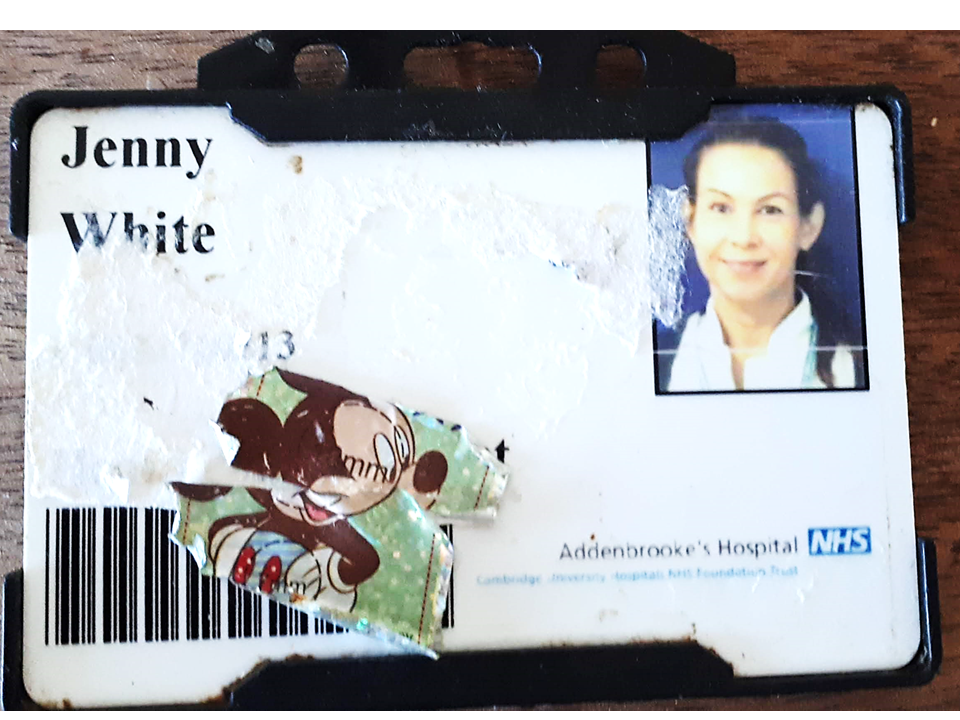
I still have the mickey mouse sticker the little girl from this story stuck on my ward pass, the day she finally left hospital.
2011: I founded the Bridge First Aid. Everything we do today is centred around identifying and bridging these gaps.
Bridging the Gap
Our courses acknowledge and explain these gaps to our students so they have the resources to bridge them. If you have the skills to have a conversation. You can learn first aid.
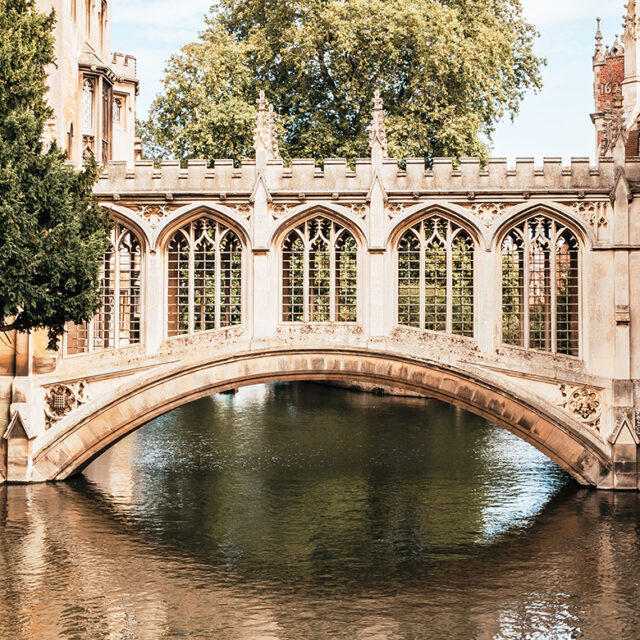
The Gap: First aid training is boring
First aid had a ‘reputation’ of being a mandatory chore, a rather serious, dull, and boring tick box exercise. Even a way to gain a couple of days extra holiday.
There. We said it!
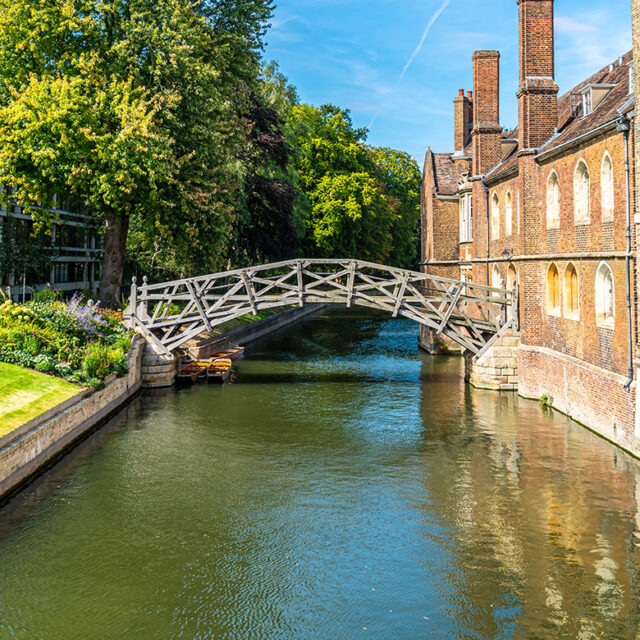
The Gap: First aid training is forgettable
Gaining a first aid certificate and passing the course is one thing. But remembering what had been taught after a few weeks, let alone three years, was clearly an issue.
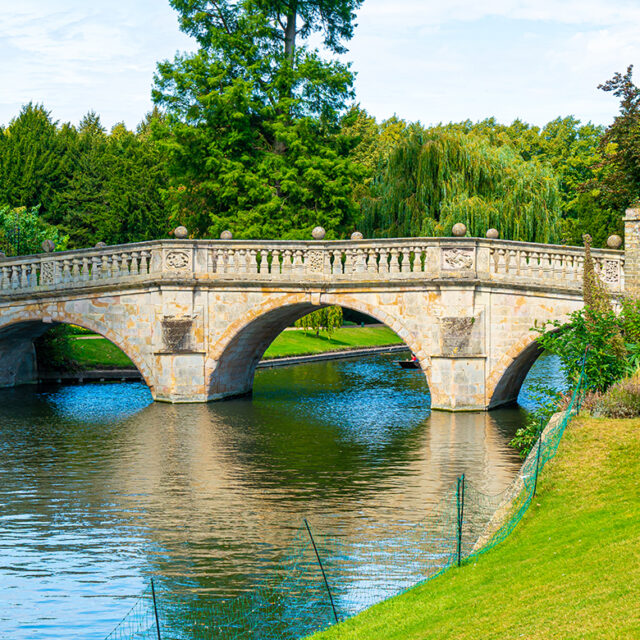
The Gap: Fear and the bystander effect
Even with great recall, fear can be a barrier. The bystander effect means individuals are less likely to offer help when there are other people present. Often explained by the 'diffusion of responsibility' (someone else will help).
I wanted training to be accessible, contextual, memorable, relevant, and of course never boring
Information does not change behaviour
In this digital age information is abundant, yet truly effective skills and functional knowledge is scarce. Think about it for a moment.
2017: As I deepened my understanding of the impact of the psyche on successfully delivering first aid, my interest in mental health grew. There is no health without mental health. I completed the Mental Health First Aid England Instructor training, accredited by public health England. To date, I continue my education in this area and am developing new training programmes based on feedback and experience from my years of teaching.
Today: All those years after I left the NHS, the catalogue of courses The Bridge offers continues to evolve and grow, in line with the reputation of the business. We are a deep-thinking group who seek to understand people, the brain-body connection and the socioeconomic factors that really drive change.
20??: I believe that the future of first aid will not be defined by physical or mental health, but a holistic person-centred approach. The most important tool in first aid will always be connection and communication at any juncture.
Have you ever thought about the narrative behind your story? Has this led you to help others? We’d love to hear form you.

